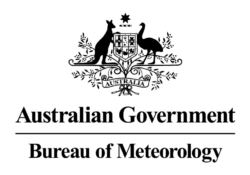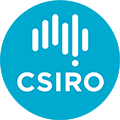Measurements at Cape Grim
Comparisons of in situ carbon dioxide and methane measurements at Cape Grim – an update; and an overview of GCWerks software for in situ data processing
Abstract
Loh et al. [2013] presented a first look at the Picarro cavity ringdown spectrometer (CRDS) record for
continuous measurement of atmospheric CO2, CH4 (and water vapour) from the instrument that was installed at Cape Grim in February 2012. The Picarro record provides a more truly continuous time coverage than the LoFlo NDIR (non‐dispersive infra‐red) CO2 record (which normally measures ambient air for 44 minutes in every hour) and the AGAGE GC‐FID (gas chromatograph – flame ionisation detector) CH4 record which consists of a discrete air sample measurement every 40 minutes. In this presentation, an update of how the Picarro record compares to the longer‐term CO2 and CH4 records at Cape Grim will be given. In addition, comparisons to the CSIRO GASLAB flask record for CO2 and CH4 will also be shown. Major differences in the techniques will be highlighted.
In the second part of the presentation, an overview of the GCWerks software package for processing of
in situ data will be given. The GCWerks package was originally developed by Peter Salameh for the Advanced Global Atmospheric Gases Experiment (AGAGE) program for instrument control and processing of GC & GC/MS (gas chromatograph/mass spectrometer) instruments, an overview was presented in Krummel and Salameh [2008]. More recently, GCWerks has been extended for spectroscopic instruments such as CRDS. GCWerks is now available commercially, see http://gcwerks.com/ for details. A demonstration of the various GCWerks components will be given, including the GCcompare package that was originally developed to help streamline the data review procedures at the six‐monthly AGAGE meetings.

